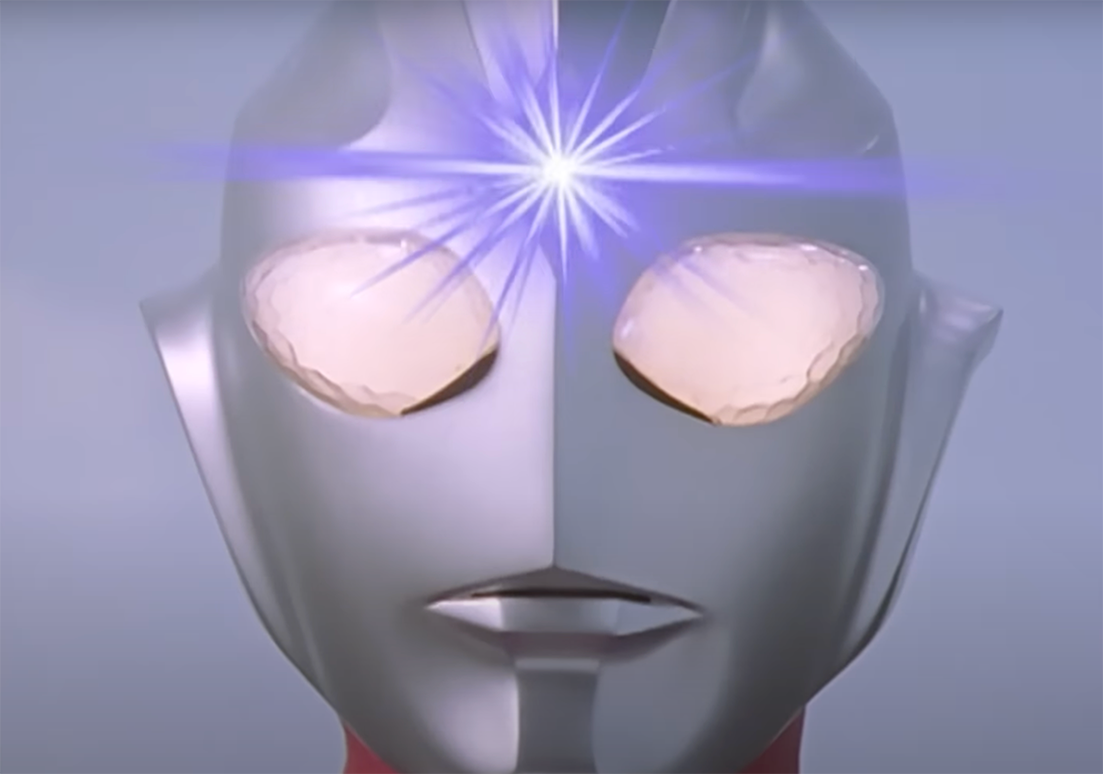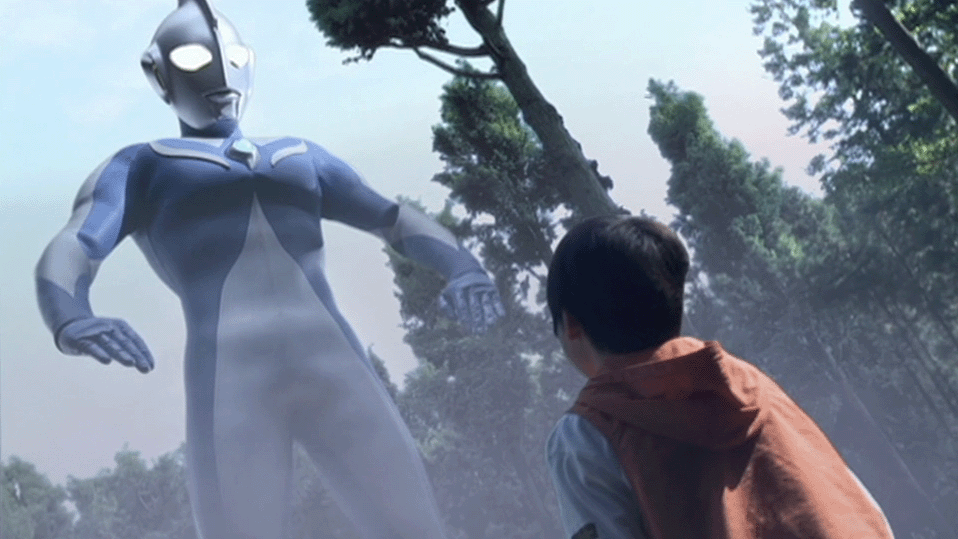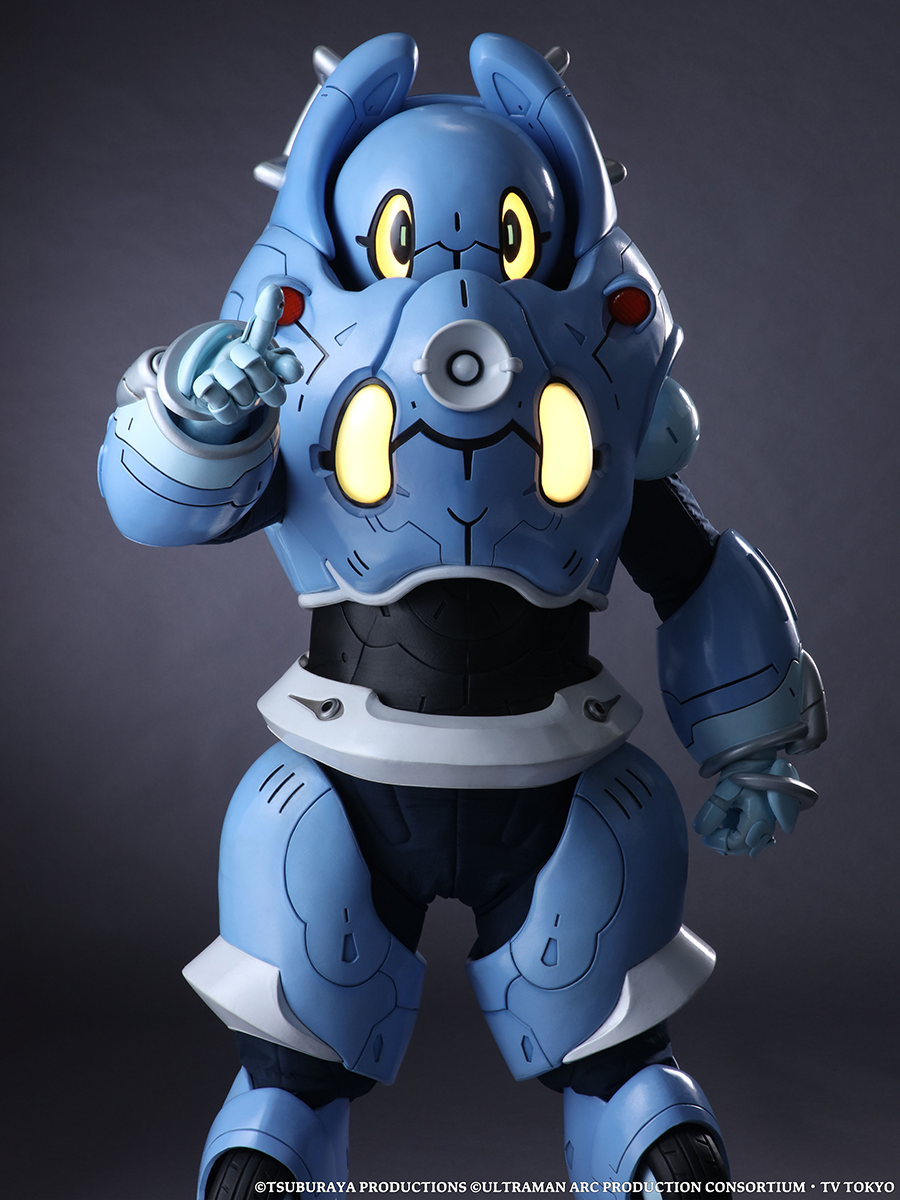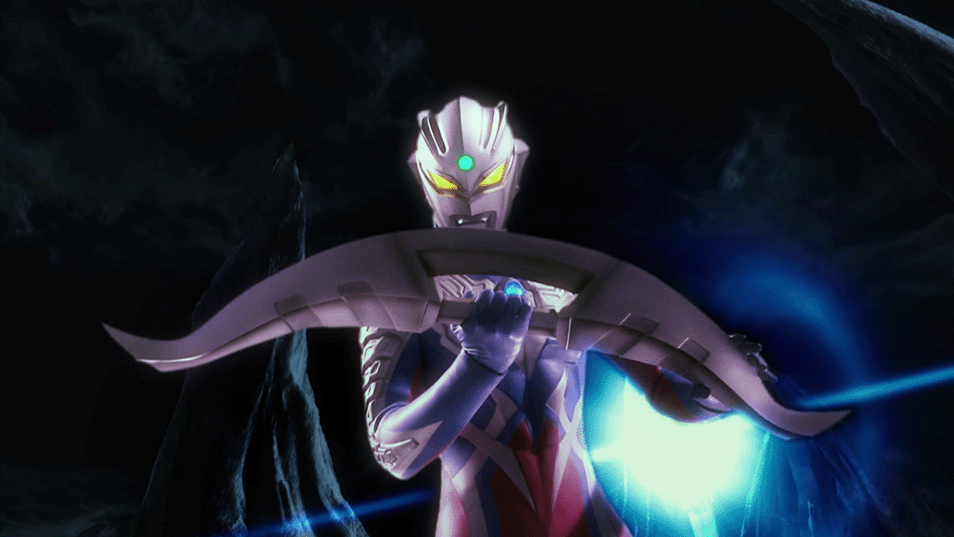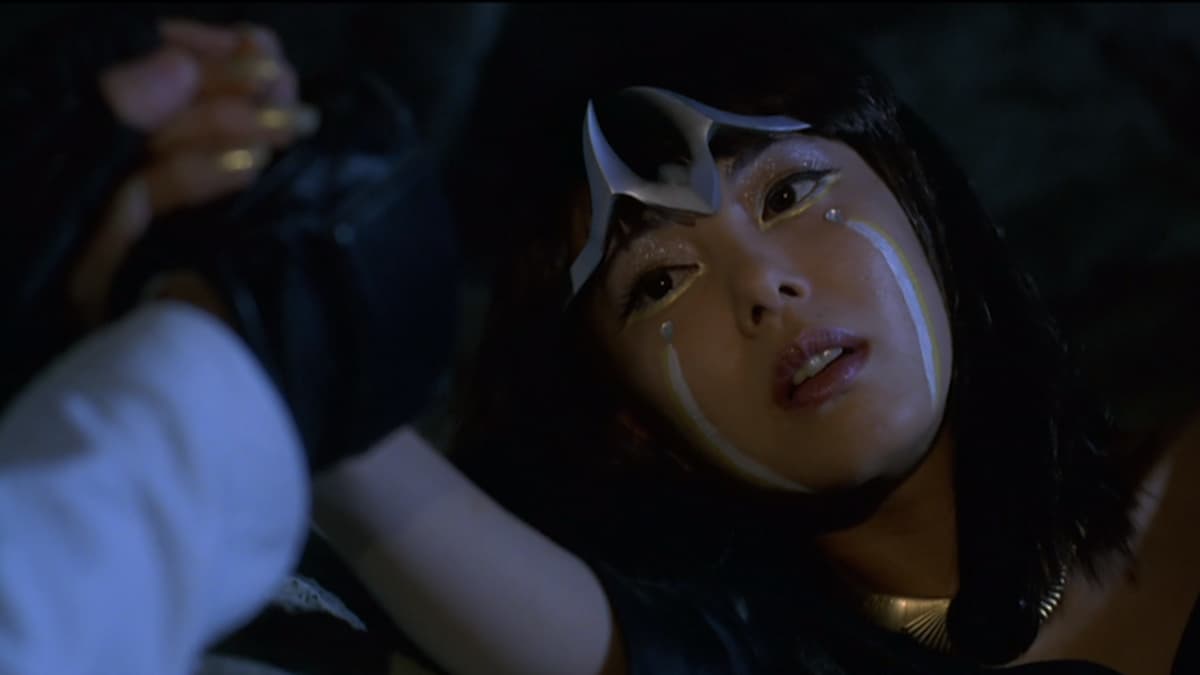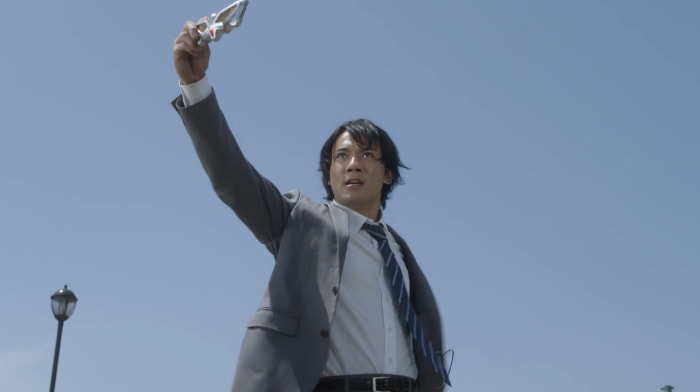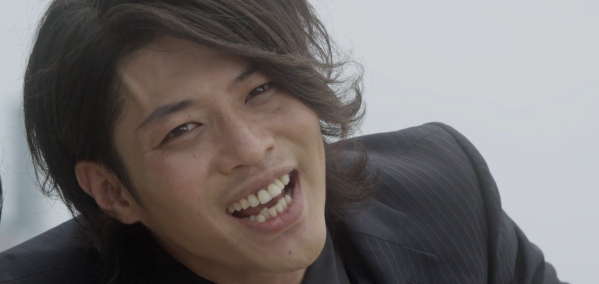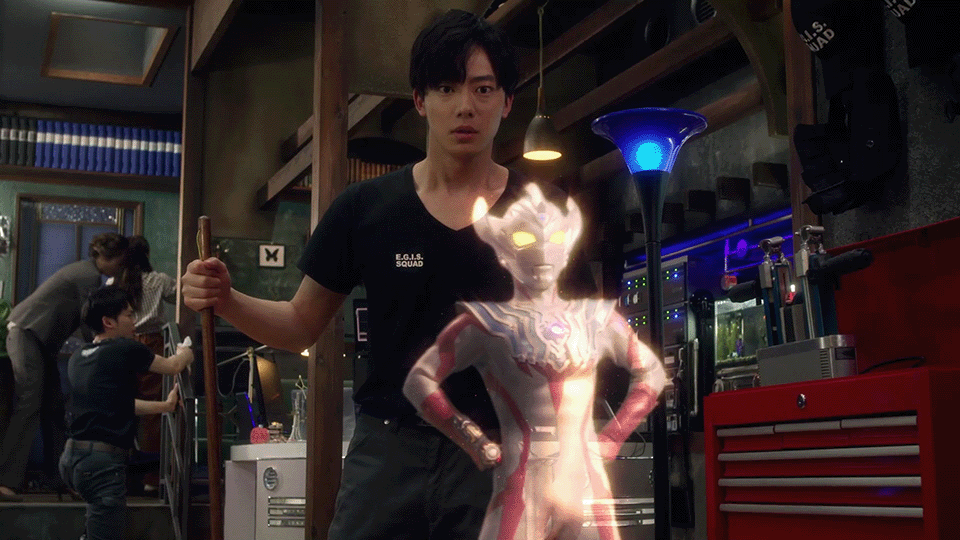Marking the first entry in the second generation of the Ultraman Series, Ultraman Tiga episode 1, “Inheritance of Light”, aired in 1996 and introduced the first ever form-changing Ultra in the franchise’s history. The episode also introduced the first ever new Ultraman universe known as Neo Frontier Space.
It’s the far-off year of 2007 when the armored behemoth, Golza appears in a Mongolian village. Though he quickly burrows away, observed by GUTS members Daigo Madoka and Rena Yanase, the age of chaos has only just begun. Both Ultra-Ancient Kaiju Golza and Melba return, but GUTS is well equipped after following a message from an ancient leader of an Earth Defense Force, Yuzare, to resurrect “The Giant” out of the Pyramid of Light, in the land of “Tiga”.
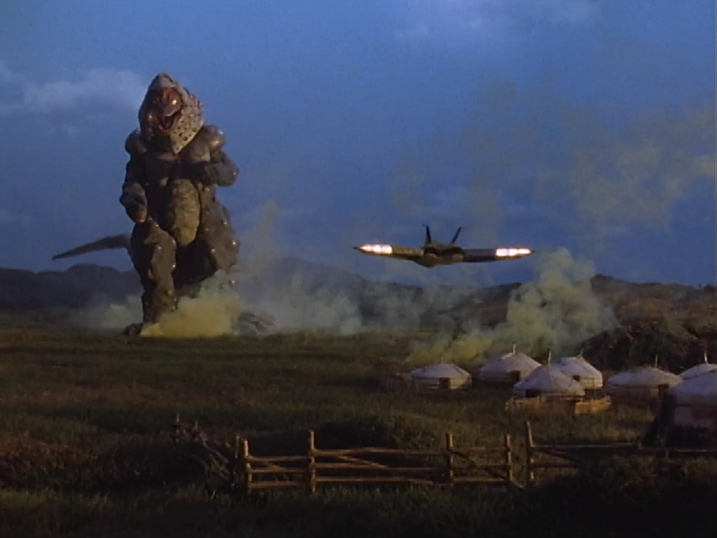
Unfortunately, seeking to prevent the giant’s revival, Golza and Melba destroy two out of three of the Ultra statues residing in the pyramid, with only Ultraman Tiga surviving by a hair, as the result of Daigo “becoming light,” as Yuzare cryptically spoke of, and merging with Tiga. With the help of Tiga, the Kaiju were defeated and Daigo, the GUTS team, and the rest of Earth lived to see another day.
The story is classic, fitting the structure of the many Ultraman series that preceded it to a T. Shared valor, dedication, and love for humanity bond Ultra and host and save everyone from otherwise imminent doom. However, this series is the first of the franchise to be set in a completely different universe — with different rules.
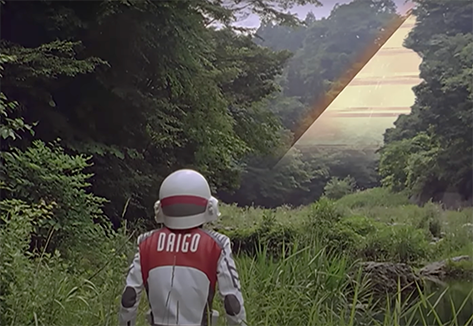
While the universe of Tiga functions very similarly to the universes of other series on a practical level, there is a purpose in distinguishing it as a separate canon from the previous installments. In this universe, the Ultra and host are one. Daigo is Tiga, having absorbed the light of the ancient giant as its reincarnation.
In this universe, the giants that Tiga is one of do not come from the Land of Light at all, instead being a super-ancient race of beings that lived alongside humanity. The truth of this “Ultra-Ancient Civilization” would be delved into in greater detail as the story went on, as well as in the post-series movie Ultraman Tiga: The Final Odyssey.
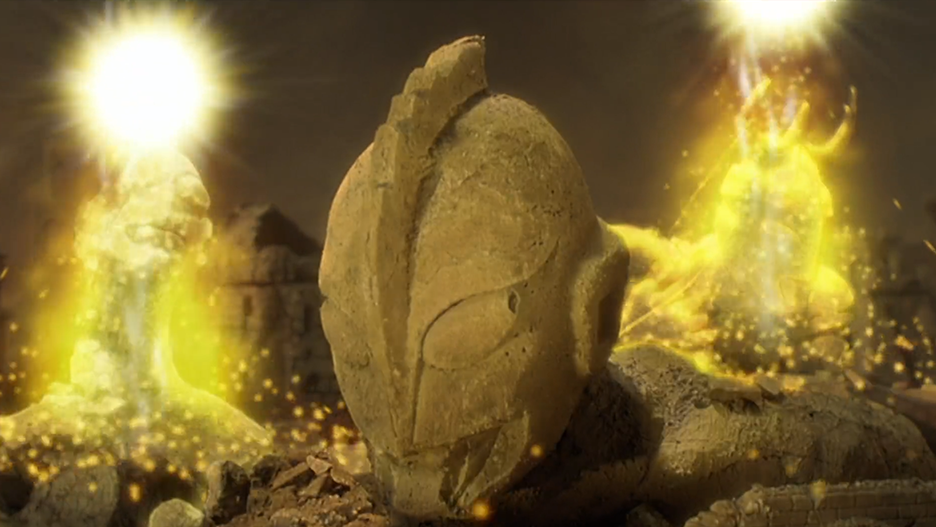
Ultraman Tiga is only lightly serialized, acting more as an anthology of human experiences as details of the world are fleshed out more and more. Although it isn’t as moody as some other Ultraman series, Ultraman Tiga reintroduced a somewhat-realistic edge to the property that grounded it. It goes beyond a superhero show, into true science fiction, carrying the torch from predecessors like Ultraseven.
The Ultra Frontier universe that Tiga began advances upon some of the foundational concepts introduced by the original Ultraman series. Considering Daigo’s nature as a human first, and not an alien merged with a human body, he encounters menacing forces of the unknown not only with brute force, but by showcasing the resilience of humanity’s values in the face of fear and ambiguity.
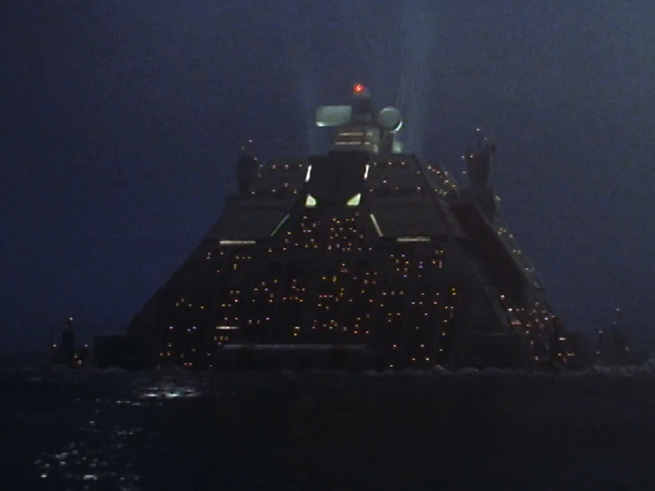
Ultraman Tiga was the first expansion into a greater “continuum” of worlds with their own Ultras, and served as the preliminary notch in the web of timelines and universes characterized by most of the Ultras that followed.
In fact, Tiga set the precedent of so many succeeding Ultraman series being set in their own continuities, turning the Ultraman Continuum into a multi-level playground to be explored from infinite angles. Who knows, even we might be in a universe whose Ultra is yet to come…
